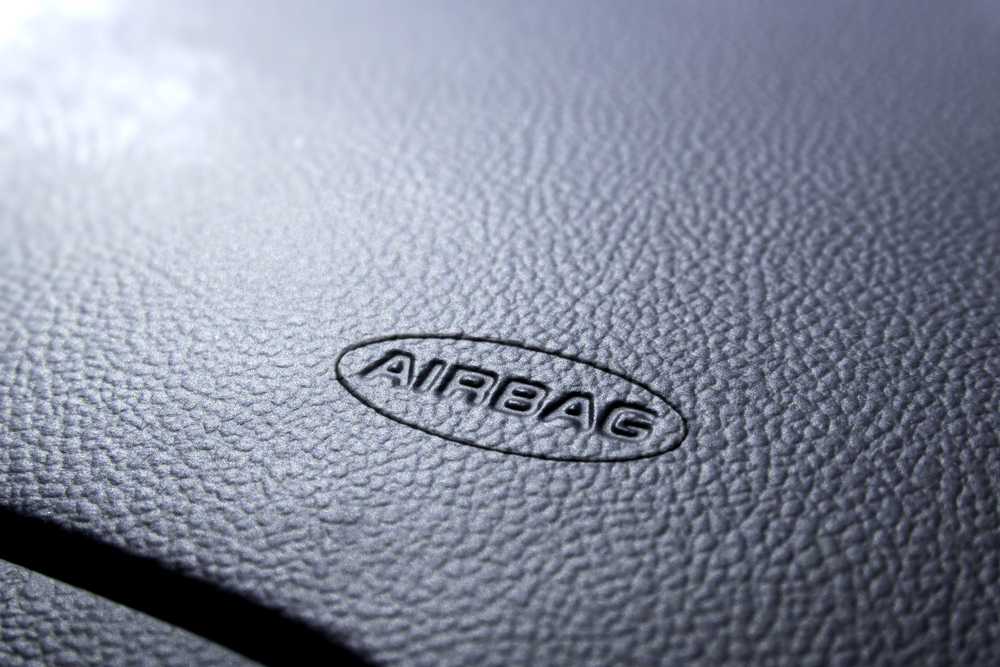Here Are Your Must-Know facts about Airbags
Today's cars integrate many new safety features, but the seatbelt and airbag stay the most useful to prevent accidents. In front-end or near-end collisions, airbags are deployed.
The idea of the airbag is that if an accident happens there is a smooth pillow to land on. Since 1998, the driver and passenger of all new cars must have front airbags, but many automakers have surpassed that minimal requirement, including up to eight airbags that have been strategically placed across the vehicle. Additional safety and design to work in conjunction with seatbelts are regarded for airbags. As it is for safety purposes, and the airbag failed to open in an accident, you can hire our personal injury lawyer in OKC to take an account of it.
Airbags decrease the likelihood of a crash that hits your head inside the vehicle. In many new cars, side airbags are also available.
Airbag Location
In order to safeguard the driver during a front crash, airbags were first installed within the wheel hubs but can now be assembled in the whole vehicle for protecting front and back occupants in a range of cases, including side effect and rotation occurrences. Some cars have up to nine airbags, although the minimum requirements are not actual because they are officially classified as safety supplements and not compulsory as seat belts.
Frontal airbags: Initially installed in the front of the vehicle, the driver was protected against a front crash and mounted on the steering wheel. Later front airbags for passenger were inserted and installed in the dashboard.
Knee airbags: Knee airbags deploys to defend the ankles of the forehead occupants against the hitting column and splash in frontal collisions.
Side airbags: Impact deploys in lateral and possible rollovers collisions.
Footbags: Use well to reduce foot injury and lower leg injuries.
Curtain airbags: Flats down from the sill of the roof and stays inflated, protecting the head of the occupant.
Side torso airbags: Deploys up from the seat side and stays swollen.
Seatbelt airbags: The torso and shoulder are deployed through the seatbelt.
Airbag issues
Airbags are intended to reduce and not deter injury during a crash. Minor injuries like bruises and scratches are common after contact with the sac, but that's a small cost to pay to avoid the full impact force.
Airbags are suitable for adults. In a child's headset, children are at risk of serious injury and thus avoid having children in the front even if they are in a child's seat. If you have kids the age of 13 or a person below 153 cm in front of your passenger seat, check the front airbag is OFF.
Do not put items or accessories in an automobile that can stop the airbag from being deployed or turn into projectiles if an airbag is off, such as phone holders, coverings, photographs, clock, magnets and mats. The installation of seat-mounted side airbags can also be prevented by seat cover. Make sure you have not done or put anything such, it may go against you even after hiring a personal injury lawyer in OKC.
Take a vehicle to your retailer or mechanic if you get an airbag alert light in your dashboard, which might mean the airbag is flawed. Don't try yourself to solve it.
On-Off Switch
According to the National Highway Transportation Safety Authority, the risk of deployment of a front airbag is greater than its security benefits. These include a rear-facing infant retention in the front seat region, a baby under 13 who needs to be monitored in the front seat, an adult who is medicated when the frontal airbag is safer and where the driver has a tiny stature and must be near to the steering wheel.
The airbag is aimed at helping the passenger stop, while causing him or her little harm. The airbag must be deployed within a split second. The airbag slows the individual down without preventing him abruptly. This reduces the likelihood of severe injuries.
Reach at The West Law Firm for personal injury lawyer in OKC.
** Disclaimer: The above article does not imply a relationship between attorney and client, nor is it legal advice.


